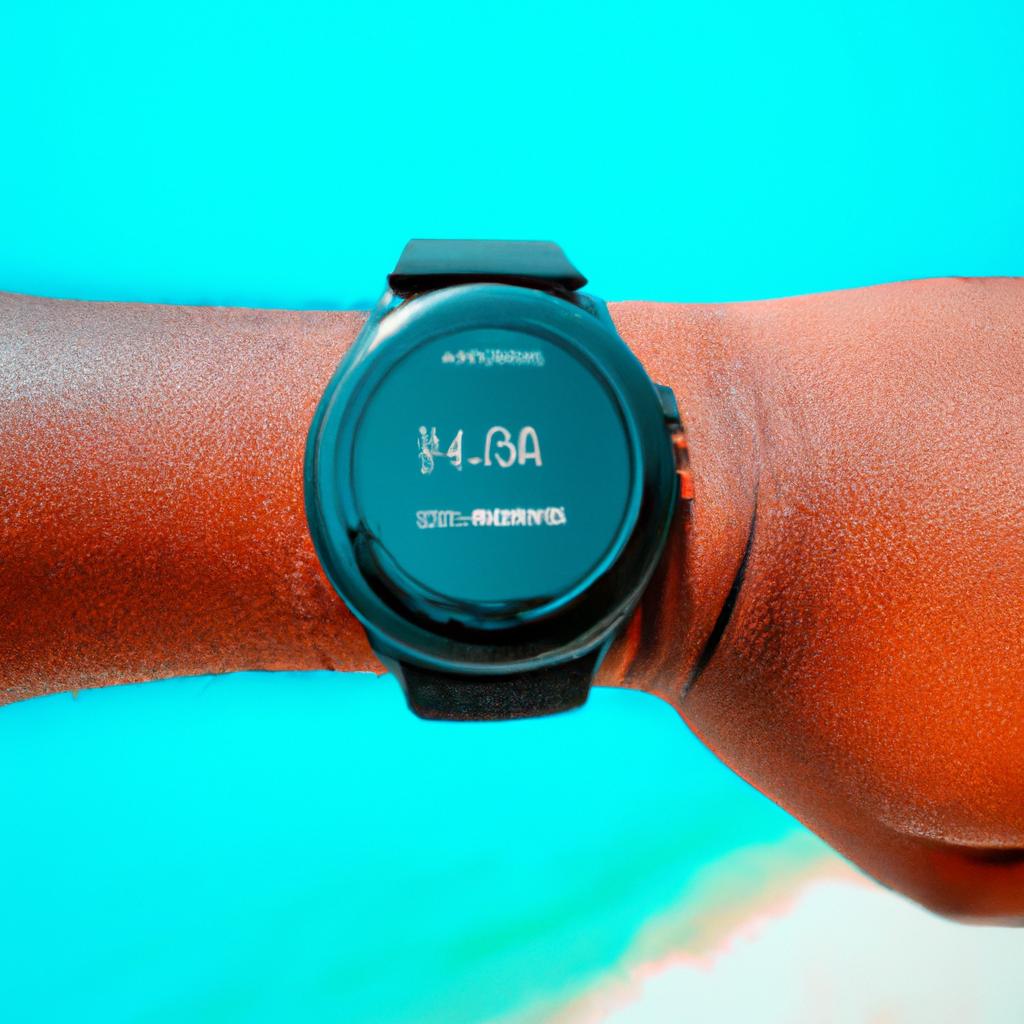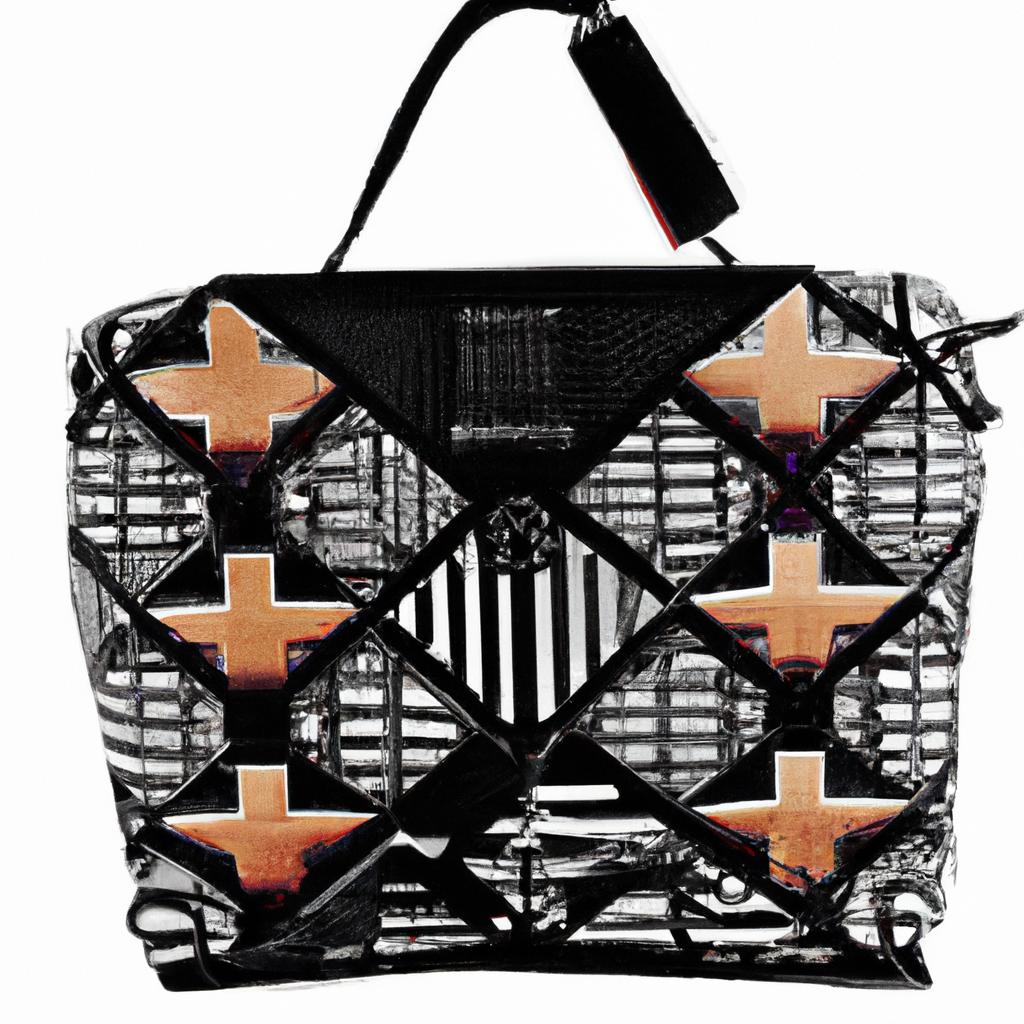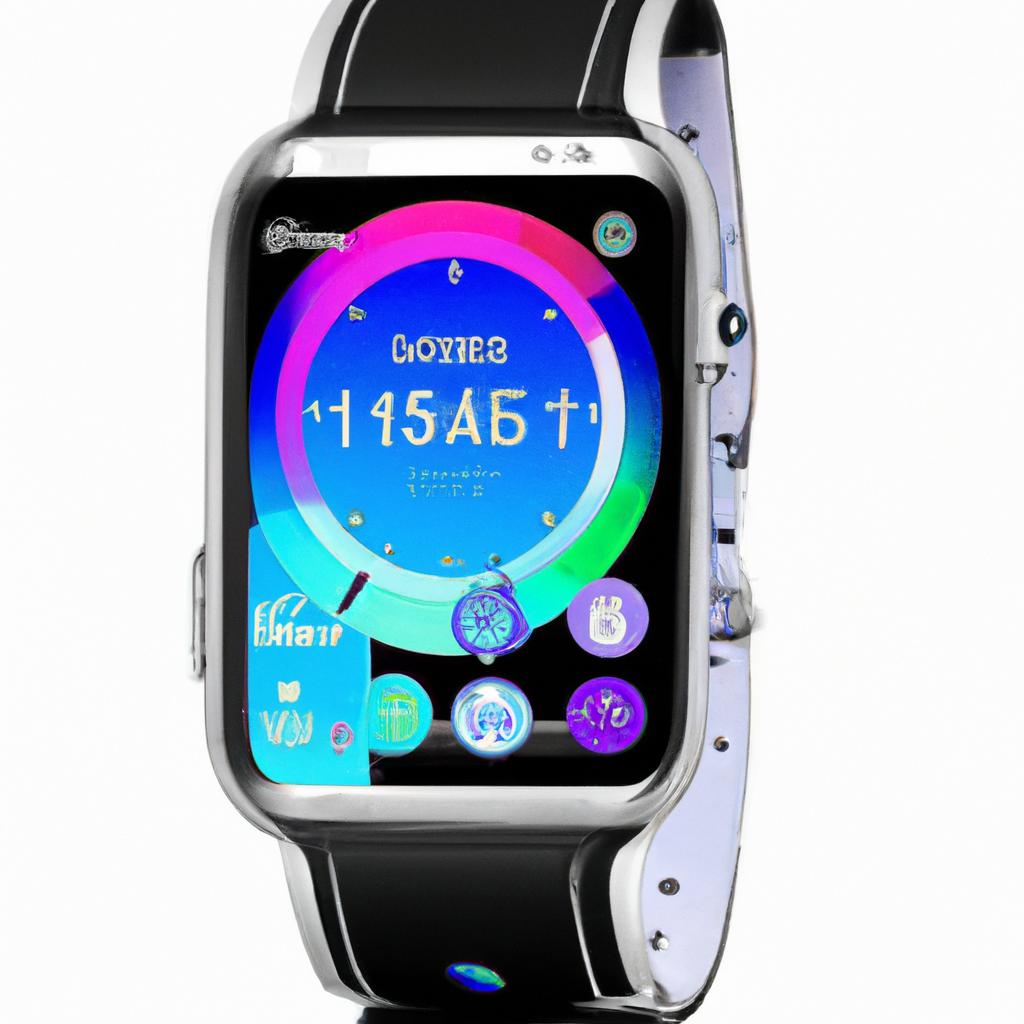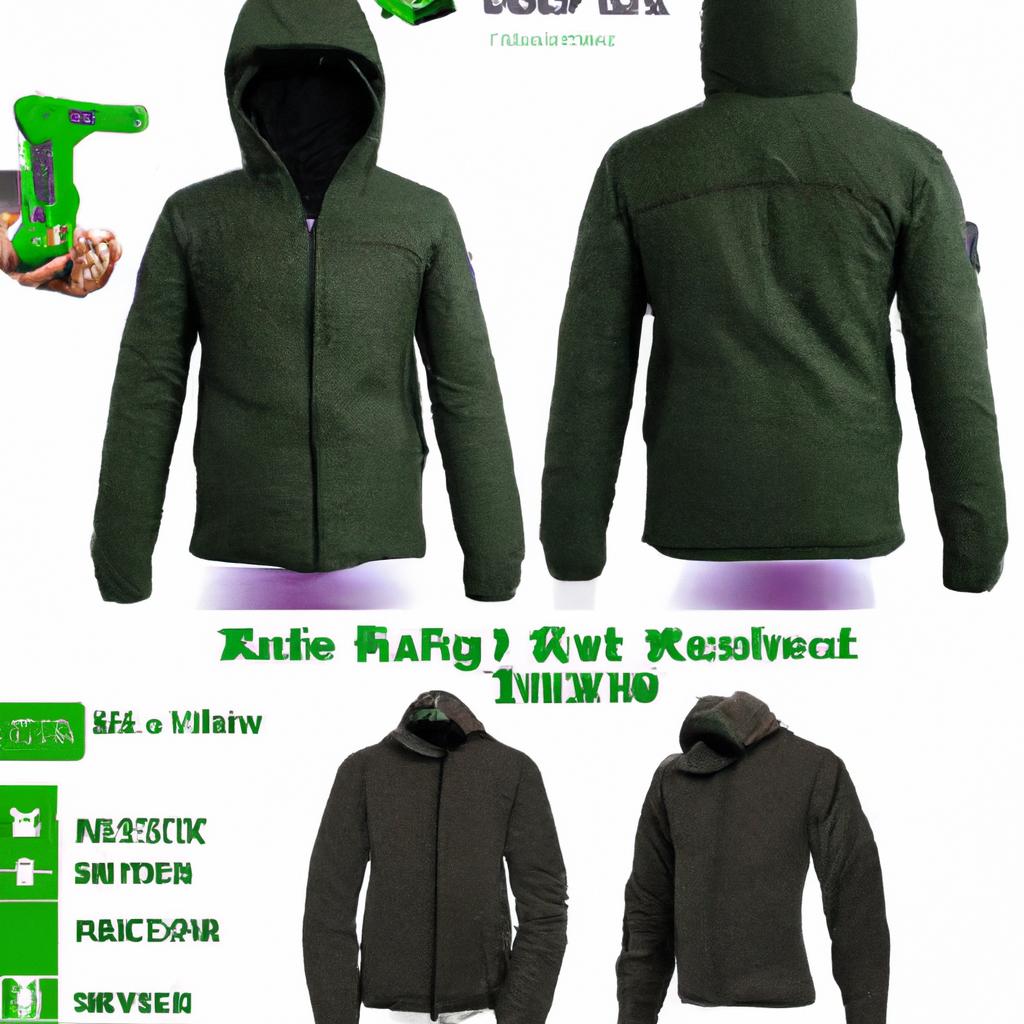
Introduction to the Business of Fashion: Insights into the Industry
The fashion industry is a global powerhouse, worth over $1 trillion and employing millions of people around the world. It plays a crucial role in the global economy, driving innovation, creativity, and consumer demand. In this guide, we will dive into the world of the business of fashion and explore its many facets and impact on society.
For centuries, fashion has been a way for individuals to express their identity and values through clothing and accessories. From lavish royal garments to everyday streetwear, the fashion industry has continuously evolved and adapted to changing societal norms and trends.
Today, the fashion industry is more complex than ever before. It involves a vast network of designers, manufacturers, retailers, marketers, and consumers, all working together to bring new styles and products to the market.
In the following sections, we will take a closer look at the key players in the industry, current trends and challenges, and steps to starting a successful fashion business.
A Brief History of Fashion and Its Evolution
Fashion has been a part of human culture since the beginning of civilization. From ancient civilizations like Egypt and Greece to modern-day societies, clothing and style have played a significant role in expressing cultural identity and social status.
- Ancient Times: The earliest known form of fashion dates back to around 40,000 years ago with the use of animal hides and furs to protect from the elements. As societies developed, clothing became more complex and represented different social classes.
- The Middle Ages: This period saw the emergence of tailored clothing and the use of luxury fabrics and accessories by the nobility. The advent of the Renaissance also sparked a surge in fashion, with elaborate garments and intricate designs becoming popular.
- The Industrial Revolution: With the rise of factories and mass production, fashion became more accessible to the middle class. Ready-to-wear clothing was introduced, enabling people to keep up with the latest trends without having to rely on custom-made garments.
- The 20th Century: The 1900s saw significant developments in fashion, from the iconic flapper dresses of the 1920s to the elegant and sophisticated styles of the 1950s. The latter half of the century was marked by fashion movements such as hippie and punk, which challenged traditional norms and pushed the boundaries of self-expression.
Today, the fashion industry continues to evolve and adapt to current trends and societal changes. With the rise of technology and social media, fashion has become more accessible and inclusive, with a focus on sustainability and diversity.
Understanding the history of fashion is essential in comprehending its current state and predicting future trends and developments. As the saying goes, “history repeats itself,” and fashion is no exception. Many current trends are influenced by past eras, with new twists and interpretations.
Next, we will take a closer look at the key players in the fashion industry and their impact on this ever-evolving landscape.
Key Players in the Business of Fashion Industry
The fashion industry is a complex and competitive business, with many players vying for success. Here are some of the key players in the industry that you should be aware of:
- Top Fashion Brands: These are well-established and influential companies that have a strong presence in the market. Some notable examples include Gucci, Chanel, and Louis Vuitton.
- Designers: These individuals are the creative minds behind the fashion brands and are responsible for designing and creating new styles and trends. Some renowned designers include Karl Lagerfeld, Donatella Versace, and Ralph Lauren.
- Retailers: These are the businesses that sell fashion products to consumers. They can range from small boutique stores to large department stores. Popular retailers in the fashion industry include H&M, Zara, and Nordstrom.
Each of these players plays a crucial role in the success and growth of the fashion industry. They work together to create and promote the latest fashion trends, and their decisions and actions can greatly impact the industry as a whole.
Insights into current trends and challenges facing the fashion industry
The fashion industry is constantly evolving and adapting to new trends, consumer preferences, and global events. In recent years, there have been several notable trends and challenges that have shaped the industry:
- Sustainability: In response to growing concerns about the environmental impact of the fashion industry, there has been a shift towards more sustainable and ethical practices. This includes using eco-friendly materials, reducing waste and carbon emissions, and promoting fair labor practices.
- Technology: With the rise of e-commerce and social media, technology has become a crucial component in the fashion industry. Brands are using virtual reality, augmented reality, and artificial intelligence to enhance the shopping experience and reach a wider audience.
- Inclusivity and diversity: The fashion industry has been criticized for its lack of representation and diversity. However, in recent years, there has been a push towards inclusivity and representation of different body types, races, genders, and abilities in fashion campaigns and runway shows.
- Fast fashion: Fast fashion, which refers to inexpensive and quickly produced clothing, has dominated the industry in recent years. However, there has been a growing backlash against this unsustainable and often unethical business model.
Aside from these trends, the fashion industry also faces various challenges such as economic uncertainty, changing consumer behavior, and increasing competition. In today’s fast-paced world, consumers are constantly seeking new and unique products, making it challenging for brands to keep up and stand out.
Moreover, with the rise of social media, consumers now have a louder voice and can quickly make or break a brand’s reputation. This puts pressure on fashion companies to maintain a positive brand image and respond to any controversies or issues in a timely and appropriate manner.
Additionally, the COVID-19 pandemic has had a significant impact on the fashion industry. With lockdowns and restrictions, brick-and-mortar stores have struggled, leading to a surge in online shopping. This has forced many brands to rethink their business strategies and pivot towards digital platforms.
Despite these challenges, the fashion industry continues to thrive and innovate. By staying informed about current trends and consumer demands, and adapting to changes in the market, businesses can overcome these challenges and continue to succeed in this ever-evolving industry.
Steps to Starting a Successful Fashion Business
Starting a fashion business can be an exciting and rewarding venture, but it also requires careful planning and execution. Here are some key steps to help you kickstart your journey in the world of fashion:
- 1. Develop Your Concept: First and foremost, you need to have a clear vision for your fashion brand. This includes identifying your target market, defining your brand’s unique style and aesthetic, and outlining your overall brand story. This will serve as the foundation for all your future business decisions.
- 2. Create a Business Plan: A well-thought-out business plan is crucial for any new venture. This document will outline your goals, strategies, financial projections, and more. It will also help you secure funding and make important decisions as your business grows.
- 3. Research and Source Materials: As a fashion business, the quality of your materials is essential. Do your research and find reliable suppliers who can provide you with the necessary fabrics, trims, and other materials for your designs.
- 4. Develop Your Designs: Once you have your concept and materials, it’s time to bring your designs to life. Whether you’re creating your own designs or working with a team of designers, it’s important to stay true to your brand’s aesthetic and vision.
- 5. Establish Your Production Process: How you produce your designs is another crucial aspect of your business. Will you manufacture locally or overseas? Will you produce in small batches or mass produce? Carefully consider your options and choose the most cost-effective and efficient approach for your business.
- 6. Create a Marketing Strategy: In today’s digital age, having a strong online presence is crucial for any business. Utilize social media platforms, create a website, and explore other marketing channels to reach your target audience and promote your brand.
- 7. Develop Partnerships: Collaborating with other brands or influencers can help boost your brand’s exposure and credibility. Look for opportunities to partner with like-minded businesses or individuals that align with your brand values.
Starting a fashion business requires hard work, determination, and a strong understanding of the industry. Use these steps as a guide to help you get started and stay focused on your goals. With a solid foundation and a unique vision, you can build a successful fashion business and make your mark in the industry.
Conclusion: The Future of the Fashion Industry and Its Impact on Society
In today’s fast-paced and ever-changing world, the fashion industry plays a significant role in shaping our society. From setting trends to reflecting cultural values, fashion has the power to influence and inspire people around the globe. As the industry continues to evolve, it is essential to understand its future prospects and the potential impact it may have on society.
One major trend that has emerged in recent years is the growing demand for sustainable and ethical fashion. With increased awareness of environmental and social issues, consumers are becoming more conscious of the impact their fashion choices have on the world. This shift towards sustainability is not only changing the way fashion businesses operate but also shaping the expectations of consumers. In the future, we can expect to see a rise in eco-friendly and socially responsible fashion brands, and a decline in fast fashion.
Technology is also playing a significant role in the fashion industry’s future. With the rise of e-commerce and social media, fashion brands now have more opportunities to reach consumers worldwide and engage with their target audience. The use of virtual and augmented reality is also transforming the way people shop, making it more convenient and personalized. In the future, we can expect to see a further integration of technology in the fashion industry, from design and production to marketing and sales strategies.
Another future trend in the fashion industry is inclusivity and diversity. With increasing calls for representation and equality, fashion brands are starting to embrace diversity in their models, campaigns, and designs. This not only promotes inclusivity but also reflects the diverse world we live in. In the coming years, we can expect to see more inclusivity and diversity in the fashion industry, challenging traditional beauty standards and celebrating individuality.
As the fashion industry continues to evolve, so does its impact on society. While it has the potential to bring positive change and inspiration, it also faces challenges such as labor rights violations, body image issues, and environmental concerns. However, with increased awareness and efforts towards sustainability and inclusivity, the future of the fashion industry looks promising.
In conclusion, the business of fashion is a dynamic and influential industry that will continue to shape our society in the future. By understanding its history, key players, current trends, and potential challenges, we can prepare ourselves for the ever-changing landscape of fashion. Whether you are a fashion enthusiast or aspiring entrepreneur, the insights shared in this guide will help you navigate the industry and appreciate its impact on our world.
comments: 0


 Redefining Fashion: How Startups are Disrupting the Industry
Redefining Fashion: How Startups are Disrupting the Industry  Revolutionizing the Runway: How Social Media is Transforming Fashion
Revolutionizing the Runway: How Social Media is Transforming Fashion  Finland’s Down’s model Maija makes strides on catwalk
Finland’s Down’s model Maija makes strides on catwalk  How to Create Adjustment Layers Based on Color
How to Create Adjustment Layers Based on Color  Fashion Fusion: The Impact of Designer Collaborations on the Industry
Fashion Fusion: The Impact of Designer Collaborations on the Industry  Valentino Goes Deliberately Feminine for Fall 2018
Valentino Goes Deliberately Feminine for Fall 2018  Revolutionizing Fashion: How Technology is Shaping the Industry Today
Revolutionizing Fashion: How Technology is Shaping the Industry Today  From East to West: Exploring Global Fashion Trends Across Continents
From East to West: Exploring Global Fashion Trends Across Continents  Cruising in Style with CarmelLimo: Because You Deserve to Feel Fancy
Cruising in Style with CarmelLimo: Because You Deserve to Feel Fancy  Dress to Impress: Essential Menswear for Every Weather Condition
Dress to Impress: Essential Menswear for Every Weather Condition